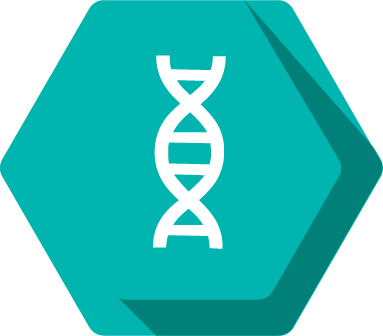Raaim Farooqui

Pronouns: He/him/his
Research Mentor(s): Steven Abcouwer, Research Professor
Research Mentor School/College/Department: Kellogg Eye Center, Ophthalmology and Visual Sciences, Michigan Medicine
Presentation Date: Thursday, April 22, 2021
Session: Session 4 (2pm-2:50pm)
Breakout Room: Room 12
Presenter: 3
Abstract
Ischemia-reperfusion (IR) injury causes damage is caused when a tissue is deprived of blood flow blood (ischemia) followed by a sudden reflux of blood into the tissue (reperfusion). This injury can occur in the retina and contribute to several different issues in the eye, such as diabetic retinopathy and glaucoma. In order to get a better understanding of this injury, we used a retinal IR model in C57BL/6 mice where ischemia is caused by injecting saline to raise pressure in the eye, thus shutting off blood flow. Reperfusion naturally occurs when the injection is halted. The design of this study was to use RNA sequencing to examine retinal transcriptome at different points in time following the injury. This report focuses on deferentially expressed genes (DEG) identified by comparing sham treated (control) and IR injured retinas at two early time points, specifically 6 hours and 1 day after reperfusion. iPathwayGuide was used to perform bioinformatics analyses, including KEGG pathway identification, for the sets of DEG identified. The RNA sequencing and analysis identified 4358 DEG at 6 hours and 6664 DEG at 1 day. Cytokine-cytokine receptor interactions were identified as the most significant KEGG pathway for DEG sets at both 6 hours and 1 day. Direct comparison of 6-hour and 1-day transcriptomes showed that cytokine mRNAs were particularly upregulated at 6 hours, while mRNAs for their receptors were more upregulated after 1 day. This suggests a rapid and robust chemoattraction of leukocytes from blood into the retina in response to IR injury. DEG corresponding to additional markers for leukocyte subsets were examined to indicate if these cells had actually entered the retina by 1 day after injury. The results provide an insight into the inflammatory response to retinal IR injury, including the chemokines that may be responsible for the attraction and retinal infiltration of immune cells into the injured retina.
Authors: Raaim Farooqui, Sumathi Shanmugam, Phillip Kish, Steven F. Abcouwer
Research Method: Laboratory Research with Animals







